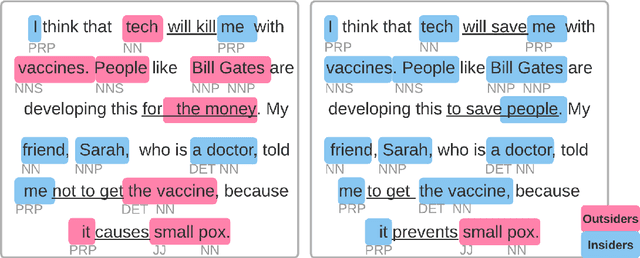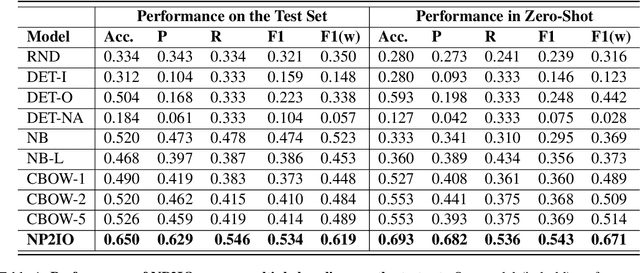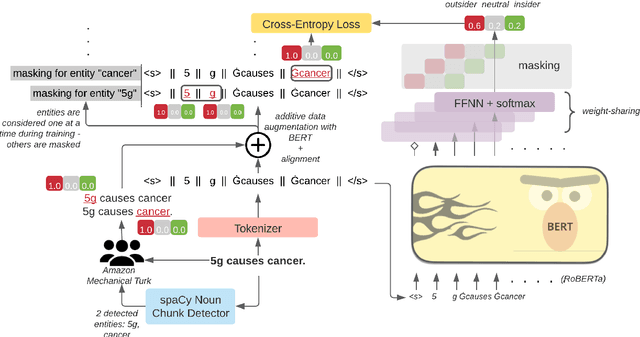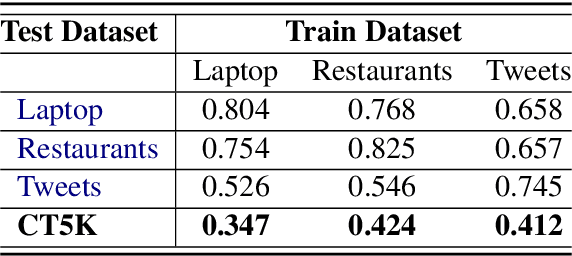Timothy Tangherlini
Which side are you on? Insider-Outsider classification in conspiracy-theoretic social media
Mar 30, 2022



Abstract:Social media is a breeding ground for threat narratives and related conspiracy theories. In these, an outside group threatens the integrity of an inside group, leading to the emergence of sharply defined group identities: Insiders -- agents with whom the authors identify and Outsiders -- agents who threaten the insiders. Inferring the members of these groups constitutes a challenging new NLP task: (i) Information is distributed over many poorly-constructed posts; (ii) Threats and threat agents are highly contextual, with the same post potentially having multiple agents assigned to membership in either group; (iii) An agent's identity is often implicit and transitive; and (iv) Phrases used to imply Outsider status often do not follow common negative sentiment patterns. To address these challenges, we define a novel Insider-Outsider classification task. Because we are not aware of any appropriate existing datasets or attendant models, we introduce a labeled dataset (CT5K) and design a model (NP2IO) to address this task. NP2IO leverages pretrained language modeling to classify Insiders and Outsiders. NP2IO is shown to be robust, generalizing to noun phrases not seen during training, and exceeding the performance of non-trivial baseline models by $20\%$.
 Add to Chrome
Add to Chrome Add to Firefox
Add to Firefox Add to Edge
Add to Edge